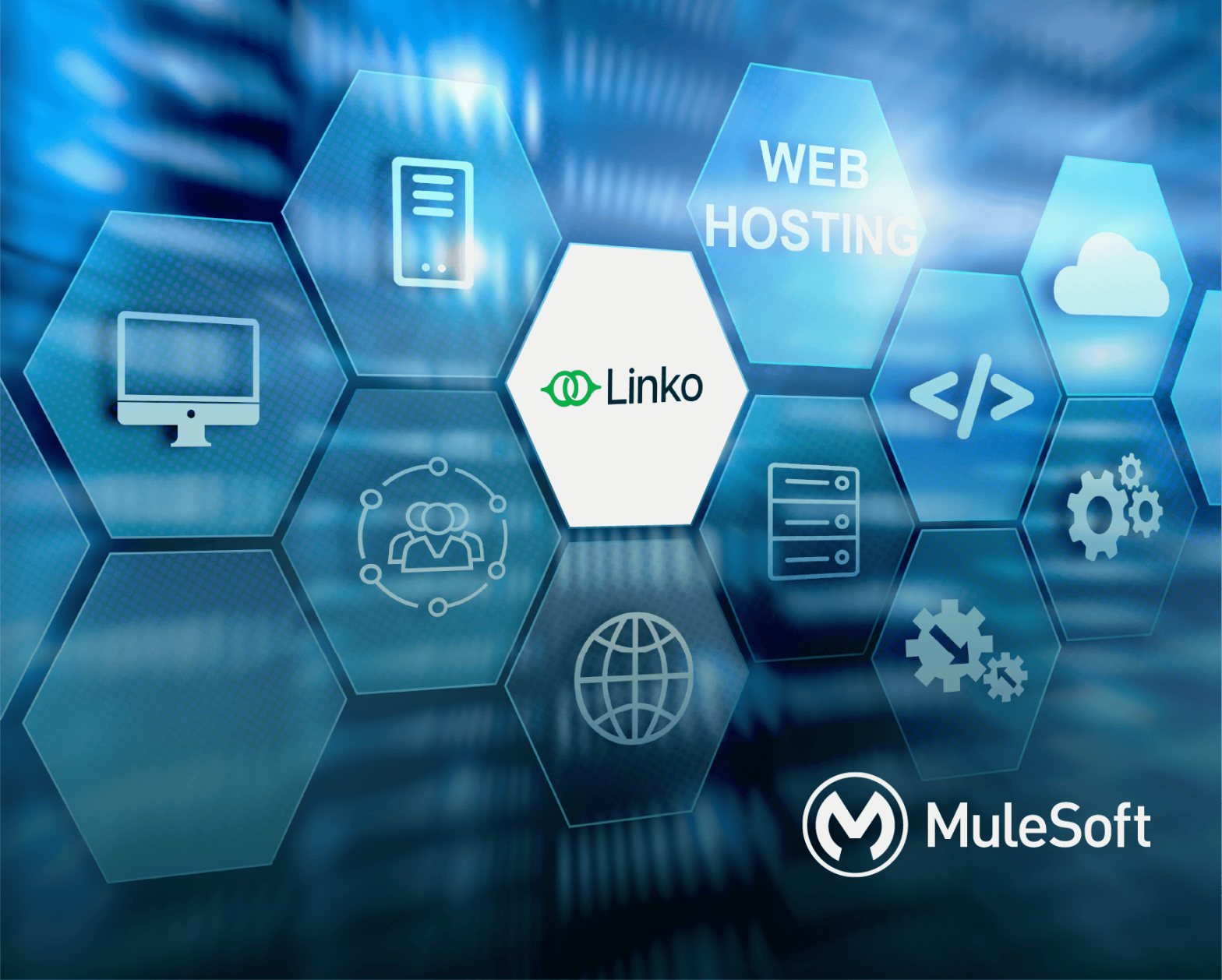Robotic Process Automation (RPA) has become one of the most impactful technologies for organizations looking to scale efficiency, accuracy, and operational resilience. In a market where digital transformation accelerates competition, companies across the Americas face the same challenge: doing more with less—optimizing tasks, integrating legacy systems, and minimizing human error.
According to Deloitte’s Automation with Intelligence report, organizations that adopt intelligent automation have reduced operating costs by up to 27% and increased revenues by 11% within three years.
Similarly, a Forrester study on Microsoft Power Automate found that a composite organization can achieve a 248% ROI over three years with an average payback period of less than six months.
These findings confirm that Robotic Process Automation is not a passing trend but a fundamental pillar of digital transformation.
What Is Robotic Process Automation (RPA)?
RPA is a technology that uses software “bots” to execute repetitive tasks based on predefined rules. These bots can capture data, perform validations, generate reports, and transfer information between systems—replicating human actions faster and with greater precision.
Unlike traditional automation, RPA doesn’t require a complete redesign of IT infrastructure since it operates on existing interfaces. When combined with artificial intelligence (AI) and machine learning, it evolves into cognitive automation, capable of analyzing data, identifying patterns, and making autonomous decisions.
Challenges RPA Helps Solve
1. Efficiency and Cost Reduction
RPA enables processes to run up to 80% faster with an error rate below 1%. As a result, human teams can focus on high-value activities such as data analysis, innovation, and strategic decision-making.
2. Compliance and Traceability
Every action executed by a bot is logged automatically, improving auditability and regulatory compliance—particularly relevant for sectors like financial services, insurance, and healthcare.
3. Scalability and Resilience
RPA bots can be deployed quickly during demand spikes or operational disruptions, helping organizations maintain business continuity without increasing labor costs.
4. Legacy System Integration
One of RPA’s most powerful advantages is its ability to connect legacy systems with modern digital platforms and cloud environments, eliminating technological friction and enabling seamless data flow.
5. Enhanced Customer Experience
Automation shortens response times, removes bottlenecks, and improves service quality. As a result, end users benefit from faster, more reliable interactions across digital channels.
Emerging Automation Trends
- RPA + AI Convergence: Intelligent bots no longer just execute—they interpret and make decisions.
- Enterprise-Wide ROI Focus: Mature organizations are moving RPA from isolated use cases to core operational layers.
- Expanding RPA Services Market: Forrester projects that global RPA-related services could reach $16 billion by 2025, surpassing software revenue itself.
RPA has evolved from an experimental tool to a strategic enabler. Its value goes far beyond automating tasks—it transforms how organizations operate, strengthens resilience, and enhances competitiveness.
Companies that integrate RPA with strong data governance and AI-driven intelligence will be best positioned to lead the next wave of digital transformation.
At Linko, we help businesses and financial institutions design, implement, and scale intelligent automation powered by RPA, system integration, and advanced analytics.
Transform your operations, minimize errors, and accelerate modernization.
Schedule a strategic session with our experts today.














